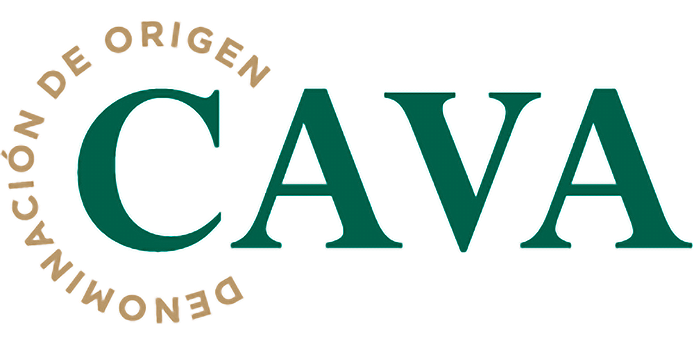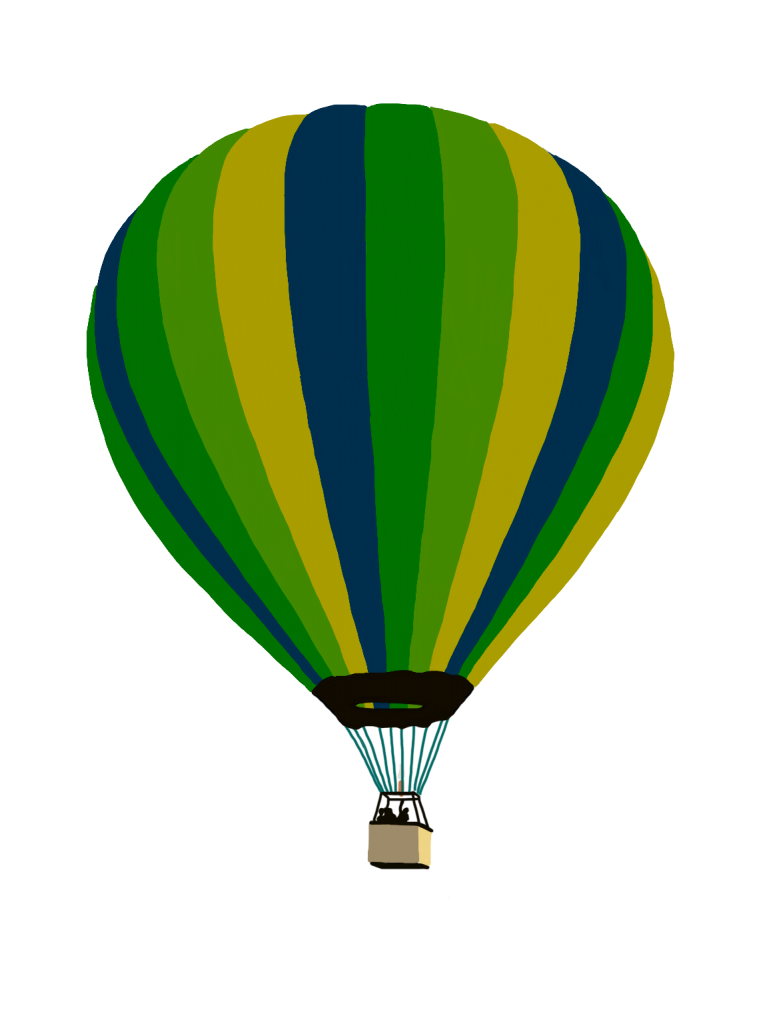DO Cava


Come visit the Wineries of the DO Cava; it's a unique experience.
You can now come visit the wineries of the DO Cava and enjoy some wine tourism with us while discovering how cava is made.
You will visit the most emblematic wineries of this Spanish designation while enjoying unique experiences among vineyards and nature, always with a glass of cava in your hand.
On each visit you will discover the best-kept secrets of this sparkling wine made by traditional methods, as well as its unique personality marked by the region’s climate and grape varieties.
You will get to know the D.O. and tour the wineries and vineyards. There you will find that tradition continues to pamper the grapes and transforms them into a high-quality sparkling wine.
Most of the cava wineries are located near Barcelona and can be reached in less than an hour’s drive. Local wine tourism just a stone’s throw away.
Do you want to come along?


DO Cava in numbers
- Total surface area: 37.924 ha
- Bottling wineries: 214
- Average production (75cl): 244.472.340
White varieties
- Chardonnay
- Macabeu
- Subirat Parent
- Parellada
- Xarel·lo
Red varieties
- Monastrell
- Garnatxa Negra
- Trepat
- Pinot Noir

Looking for inspiration? Here’s our take

Would you like to discover the best spots and the best tours to get to know the DO Cava territory?
These are our favourite places to discover with a glass of cava in your hand… We’re going to share it all with you.
Secrets of the Penedès region
This is one of the finest wine tourism areas in Spain, located between the regions of Barcelona and Tarragona, between the sea and the mountains. Cities such as Vilafranca del Penedès, Sant Sadurní d’Anoia, Sitges and El Vendrell all belong to these regions.
Cava and Champagne, do you know the differences?
While it is true that Cava emerged in the image and likeness of Champagne, it is also true that today Cava has a unique and differentiated personality.
The areas where cava is produced have a different climate from the French production areas, apart from the fact that the grape varieties used in both cases are different. Cava, for example, uses macabeo, xarel.lo and parellada.
At present, Cava enjoys an excellent international reputation and has become one of the most widely consumed sparkling wines in the world.
What are the origins of Champagne?
And what are the origins of Cava?
The first Spanish sparkling wine was bottled by a winemaker from Reus in 1862 and became known as Champagne de Reus. A decade later, Josep Raventós of Bodegas Codorniu was the man who took the Cava story to the next level.




